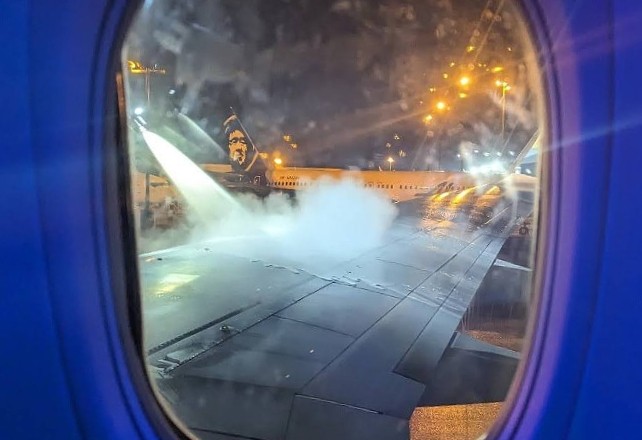
As recent earthquakes have rocked parts of Mexico and New Zealand, Pacific Northwesterners may be wondering if we're next—and what our government is doing to protect us from the massive earthquake that will someday break along the Cascadia fault line off the coast of Washington state.
Kathryn Schulz, The New Yorker staff writer who scared the bejesus out of Northwesterners in her Pulitzer-winning article, "The Really Big One," described the coming quake:
When the next very big earthquake hits, the northwest edge of the continent, from California to Canada and the continental shelf to the Cascades, will drop by as much as six feet and rebound thirty to a hundred feet to the west—losing, within minutes, all the elevation and compression it has gained over centuries. Some of that shift will take place beneath the ocean, displacing a colossal quantity of seawater.... The water will surge upward into a huge hill, then promptly collapse. One side will rush west, toward Japan. The other side will rush east, in a seven-hundred-mile liquid wall that will reach the Northwest coast, on average, fifteen minutes after the earthquake begins. By the time the shaking has ceased and the tsunami has receded, the region will be unrecognizable. Kenneth Murphy, who directs FEMAs Region X, the division responsible for Oregon, Washington, Idaho, and Alaska, says, “Our operating assumption is that everything west of Interstate 5 will be toast.”
It will be, Schulz writes,"the worst natural disaster in the history of the continent." So how are Washington leaders preparing? According to a forthcoming report from Gov. Jay Inslee's Resilient Washington Subcabinet, a group convened this year to help the state prepare for natural disasters, the state isn't doing much of anything.
The report outlines the potential risks of a quake near Seattle—including estimates of 10,000 fatalities and economic losses of $80 billion in just Washington and Oregon alone—but as for recommendations, the group's are decidedly modest. Instead of recommending that the state retrofit schools, bridges, buildings, and utilities—all of which are desperately needed—or build tsunami refuges along the coast, they are recommending something a little easier to implement: namely, earthquakes drills and pamphlets. Why? Because it's cheap.
According The Seattle Times, in May, Gov. Inslee "made it clear he wanted the group to focus on low-cost measures that could be executed quickly." And with this report, that's exactly what he got. The group notes that "a short time-frame, zero funding, and no additional staff time" were alloted to complete the report, which does not bode well for our state should the earthquake happen any time soon.
What is needed, in addition to drills, pamphlets, and massive upgrades to infrastructure (especially the city's estimated 1100 unreinforced buildings, many of which provide affordable housing) is an earthquake early warning system. In the massive 9.1 earthquake that rocked Japan in 2011, the early warning system automatically issued alerts to TVs and cell phones after the first waves were detected, saving potentially tens of thousands of lives. There was no such early warning system for the subsequent tsunami, which killed over 15,000. (Two years later, Japan debuted their new tsunami warning system.) The early warning system worked in the recent earthquake in Mexico City as well: Their system, which was built in response to the 1985 earthquake that killed 30,000, gave people a few minutes to seek safety, which likely saved scores.
This is what the Seattle needs, but, says, Paul Bodin of UW's Pacific Northwest Seismic Network (PNSN), "the state is kind of whistling through the graveyard with respect to earthquake risk mitigation." For the last decade, the USGS has been building an early warning system on the west coast in partnership with the PNSN and other organizations and universities in California and Oregon. But after a decade of research—and a prototype in place—the system is only at half capacity, and the funding, which mostly comes from the feds, is inadequate. That's not likely to improve under Trump, whose proposed budget slashes funding for the system, but Washington could chip in. California, so far, has contributed $10 million and Oregon has given another million. Washington hasn't put up squat. "It won’t solve the problem of collapsing [buildings]," says Bodin, "yet it’s one cost-effective approach to mitigating future earthquake impacts."
That, and pamphlets.
















